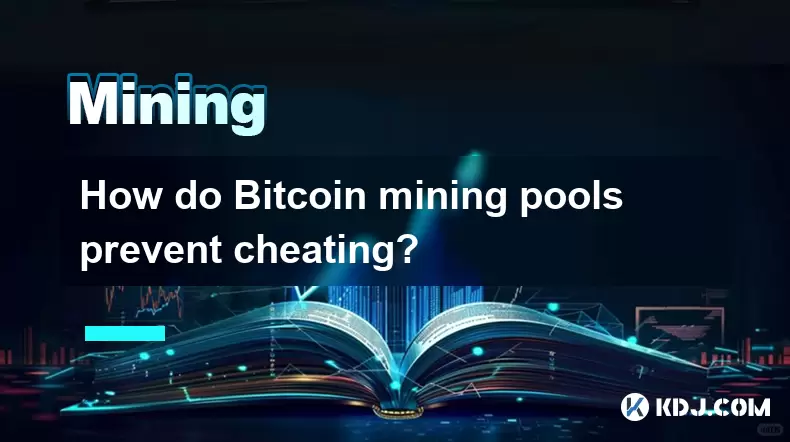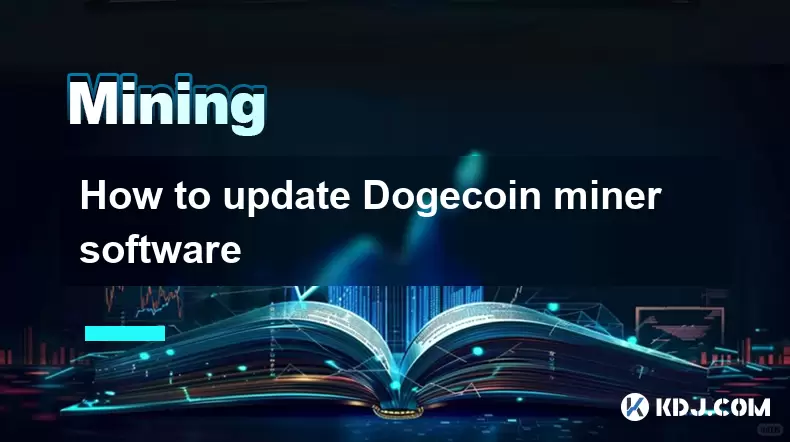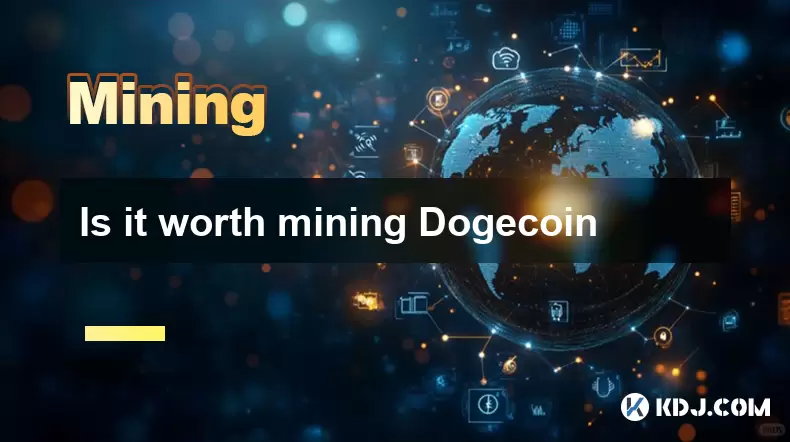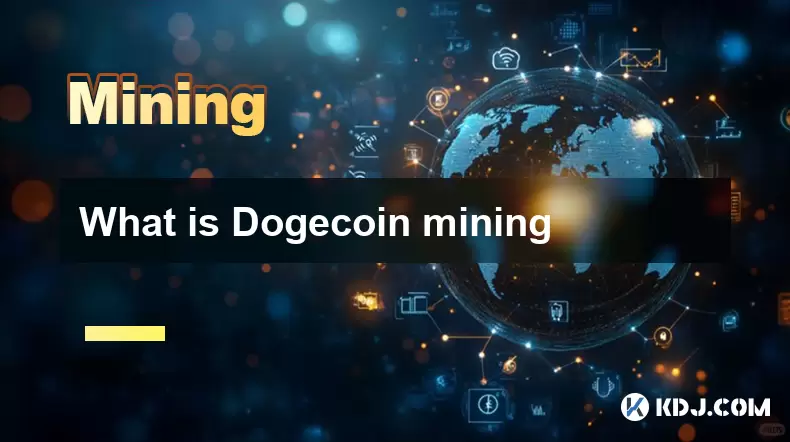-
 Bitcoin
Bitcoin $117,576.6195
-0.21% -
 Ethereum
Ethereum $2,938.5668
-1.35% -
 XRP
XRP $2.7699
4.60% -
 Tether USDt
Tether USDt $1.0003
0.01% -
 BNB
BNB $688.1624
-0.01% -
 Solana
Solana $160.5113
-1.95% -
 USDC
USDC $0.9999
0.01% -
 Dogecoin
Dogecoin $0.1976
-0.70% -
 TRON
TRON $0.3008
1.54% -
 Cardano
Cardano $0.7159
-2.16% -
 Hyperliquid
Hyperliquid $46.2240
2.04% -
 Stellar
Stellar $0.3966
22.03% -
 Sui
Sui $3.3928
-3.11% -
 Chainlink
Chainlink $15.1204
-2.43% -
 Bitcoin Cash
Bitcoin Cash $515.1741
-1.19% -
 Avalanche
Avalanche $20.8130
-0.90% -
 Hedera
Hedera $0.2001
-2.12% -
 UNUS SED LEO
UNUS SED LEO $9.0522
0.72% -
 Shiba Inu
Shiba Inu $0.0...01316
-2.01% -
 Toncoin
Toncoin $2.9843
0.61% -
 Litecoin
Litecoin $92.6745
-2.71% -
 Polkadot
Polkadot $3.9483
-0.06% -
 Monero
Monero $328.5347
1.10% -
 Dai
Dai $0.9998
0.01% -
 Ethena USDe
Ethena USDe $1.0006
-0.01% -
 Uniswap
Uniswap $8.3739
-6.50% -
 Bitget Token
Bitget Token $4.4241
-1.99% -
 Pepe
Pepe $0.0...01222
-3.96% -
 Aave
Aave $300.5203
-3.61% -
 Bittensor
Bittensor $382.2607
-1.92%
How do Bitcoin mining pools prevent cheating?
Bitcoin mining pools use share-based rewards, Stratum protocol, and validation systems to prevent cheating and ensure fair reward distribution among miners.
Jul 12, 2025 at 10:36 am

Understanding the Role of Mining Pools in Bitcoin
Bitcoin mining pools are collaborative groups where multiple miners combine their computational resources to increase the likelihood of successfully mining a block. When one miner in the pool finds a valid block, the reward is distributed among all participants based on their contributed hash power. However, this cooperative structure introduces potential vulnerabilities, particularly cheating, which can occur if miners misrepresent their contributions or withhold valid shares.
To maintain fairness and trust within the network, mining pools implement several mechanisms designed to detect and prevent dishonest behavior.
Share-Based Reward Systems as Anti-Cheating Measures
One of the primary methods used by mining pools to prevent cheating is the share-based reward system. Miners submit "shares," which are proof-of-work solutions that are easier than the actual block difficulty. These shares demonstrate that the miner has performed legitimate hashing work.
- Each share serves as evidence that the miner attempted to find a valid block.
- Pool operators validate each share before crediting it toward the miner's reward.
- Invalid or duplicate shares are rejected, preventing miners from falsely inflating their contribution.
This system ensures that only miners who genuinely contribute computational effort receive rewards.
Use of Stratum Protocol for Secure Communication
The Stratum protocol plays a critical role in preventing cheating by enabling secure and structured communication between miners and the pool server. It standardizes how work is assigned and how results are submitted.
Key features include:
- Work templates are generated by the pool and sent to miners.
- Miners return found hashes and nonces to the pool for validation.
- The pool verifies that returned data corresponds to the assigned work.
By enforcing strict communication protocols, Stratum prevents malicious miners from altering job parameters or forging submissions.
Rejecting Duplicate Shares and Tracking Miner Behavior
Mining pools actively monitor for duplicate shares, which can indicate attempts to cheat by resubmitting the same work multiple times. Pool software keeps track of each miner’s submitted shares and compares them against current and past jobs.
- If a miner submits the same share more than once, the pool flags and rejects it.
- Persistent submission of duplicates may result in warnings or expulsion from the pool.
- Advanced monitoring systems analyze submission patterns to detect anomalies indicative of cheating.
This real-time tracking discourages dishonest behavior and helps maintain the integrity of the reward distribution process.
Trusted Server Verification and Hash Validation
All submitted work must pass through the pool’s centralized verification system. This involves checking whether the submitted hashes meet the required difficulty and correspond to the specific block template provided.
Steps involved in hash validation include:
- Verifying that the nonce and hash combination solves the given task.
- Ensuring that the timestamp and other header fields match the current round.
- Confirming that the block candidate built by the miner aligns with the pool’s template.
Only after passing these checks are the shares counted toward the miner’s total contribution.
Penalties and Reputation Systems in Pool Operations
Some advanced mining pools incorporate penalty and reputation systems to further deter cheating. These systems track individual miner behavior over time and adjust rewards accordingly.
Examples include:
- Reducing payouts for miners who consistently submit invalid shares.
- Temporarily suspending accounts suspected of malicious activity.
- Maintaining public logs of miner performance for transparency.
These measures create a self-regulating environment where honest participation is incentivized, and fraudulent behavior is penalized.
Frequently Asked Questions (FAQ)
Q: Can a miner cheat by submitting false nonces without doing real work?
A: No, because mining pools require valid proof-of-work in the form of shares. False nonces will not produce acceptable hashes and will be rejected during validation.
Q: Are all mining pools equally effective at preventing cheating?
A: While most reputable pools use robust anti-cheating protocols like Stratum and share validation, smaller or less-established pools may lack sufficient safeguards. It is advisable to join well-known pools with transparent operations.
Q: How do mining pools handle time synchronization issues that could affect share validation?
A: Pool servers assign timestamps as part of the block template. Miners must use the provided timestamp; otherwise, their shares will be considered invalid.
Q: What happens if a miner discovers a valid block but decides not to submit it to the pool?
A: In such cases, the miner would keep the entire block reward for themselves, effectively stealing from the pool. To mitigate this, pools use getblocktemplate (GBT) or Stratum V2, which make it difficult for miners to hide valid blocks.
Disclaimer:info@kdj.com
The information provided is not trading advice. kdj.com does not assume any responsibility for any investments made based on the information provided in this article. Cryptocurrencies are highly volatile and it is highly recommended that you invest with caution after thorough research!
If you believe that the content used on this website infringes your copyright, please contact us immediately (info@kdj.com) and we will delete it promptly.
- Cardano, Avalanche, and the Tiny Token Tipping the Scales: Remittix (RTX) Takes Center Stage
- 2025-07-12 21:10:12
- Pi Network: Navigating KYC Delays and the Quest for Rewards
- 2025-07-12 20:50:12
- Bitcoin, Crypto & Bills: A New Yorker's Guide to Paying Up!
- 2025-07-12 20:30:12
- Crypto News, Coinpedia Digest, July 2025: A Wild Week in Crypto!
- 2025-07-12 21:15:12
- XRP, Solana, and the Altcoin Season Buzz: Are We There Yet?
- 2025-07-12 20:30:12
- Cracking the Code: Passive Income with Crypto & Altcoins in the 2025 Bull Run
- 2025-07-12 18:30:12
Related knowledge

How to keep a mining rig cool
Jul 12,2025 at 01:42pm
Understanding the Importance of Cooling in Mining RigsCryptocurrency mining is an intensive process that places heavy demand on hardware components, p...

How to find the best Dogecoin mining pool for me
Jul 12,2025 at 04:14pm
Understanding the Role of a Mining PoolWhen mining Dogecoin, joining a mining pool can significantly increase your chances of earning consistent rewar...

How to update Dogecoin miner software
Jul 12,2025 at 12:36pm
Understanding Dogecoin Mining and the Need for Software UpdatesDogecoin mining involves using specialized software to validate transactions on the Dog...

Overclocking settings for Dogecoin mining
Jul 12,2025 at 12:57pm
Understanding Overclocking in Dogecoin MiningOverclocking refers to the process of increasing the clock rate of a component—typically a GPU or CPU—bey...

Is it worth mining Bitcoincoin
Jul 12,2025 at 04:35pm
Understanding the Basics of Dogecoin MiningDogecoin (DOGE) is a cryptocurrency that was originally created as a joke in 2013 but has since gained sign...

What is Dogecoin mining
Jul 12,2025 at 06:29pm
Understanding the Basics of Dogecoin MiningDogecoin mining refers to the process by which new Dogecoins are introduced into the digital ecosystem. Thi...

How to keep a mining rig cool
Jul 12,2025 at 01:42pm
Understanding the Importance of Cooling in Mining RigsCryptocurrency mining is an intensive process that places heavy demand on hardware components, p...

How to find the best Dogecoin mining pool for me
Jul 12,2025 at 04:14pm
Understanding the Role of a Mining PoolWhen mining Dogecoin, joining a mining pool can significantly increase your chances of earning consistent rewar...

How to update Dogecoin miner software
Jul 12,2025 at 12:36pm
Understanding Dogecoin Mining and the Need for Software UpdatesDogecoin mining involves using specialized software to validate transactions on the Dog...

Overclocking settings for Dogecoin mining
Jul 12,2025 at 12:57pm
Understanding Overclocking in Dogecoin MiningOverclocking refers to the process of increasing the clock rate of a component—typically a GPU or CPU—bey...

Is it worth mining Bitcoincoin
Jul 12,2025 at 04:35pm
Understanding the Basics of Dogecoin MiningDogecoin (DOGE) is a cryptocurrency that was originally created as a joke in 2013 but has since gained sign...

What is Dogecoin mining
Jul 12,2025 at 06:29pm
Understanding the Basics of Dogecoin MiningDogecoin mining refers to the process by which new Dogecoins are introduced into the digital ecosystem. Thi...
See all articles
























































































